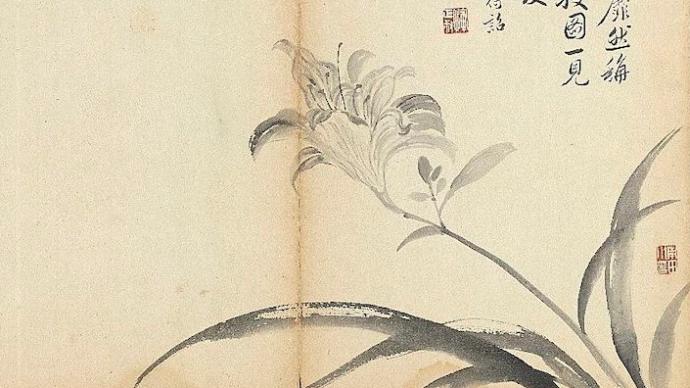
Since ancient times, Hemerocallis has many aliases. It is called "Neon Grass" in "Book of Songs", and "Wangyou Grass" in "Shuowen Jiezi". The existence, as in Li Zhong's "Thinking" of the Southern Tang Dynasty of the Five Dynasties: "The door is hidden by the remnant flowers, and the curtain is slanted and the moon is long. Even if there is a garden of Hemerocallis, why did you forget your worries with me?" A trace? If sorrow can really be resolved by forgetting sorrow, how can it be called sorrow? Wangyoucao, how much anticipation and desire is poured into this name.
In ancient calligraphy and painting, there are also many famous brushstrokes with Xuanhua. For example, the Xuanhua painted by Zhang Zhong in the Yuan Dynasty was made by hooking flowers and leaves, and the colors were elegant; the Xuanhua painted by Shen Zhou in the Ming Dynasty was dotted with ink and brush, with many shades and shades. Changes can quite capture the vitality of plants; the Xuanhua depicted by Huayan in the Qing Dynasty is expressed in the boneless method, beautiful and colorful, full of vitality...
When the Hemerocallis blooms in early summer, the column "Flower Letters from the Palace Museum" launched by The Paper, is hereby to sort out the famous history of Hemerocallis collected by the Palace Museum and the Palace Museum in Taipei for readers.
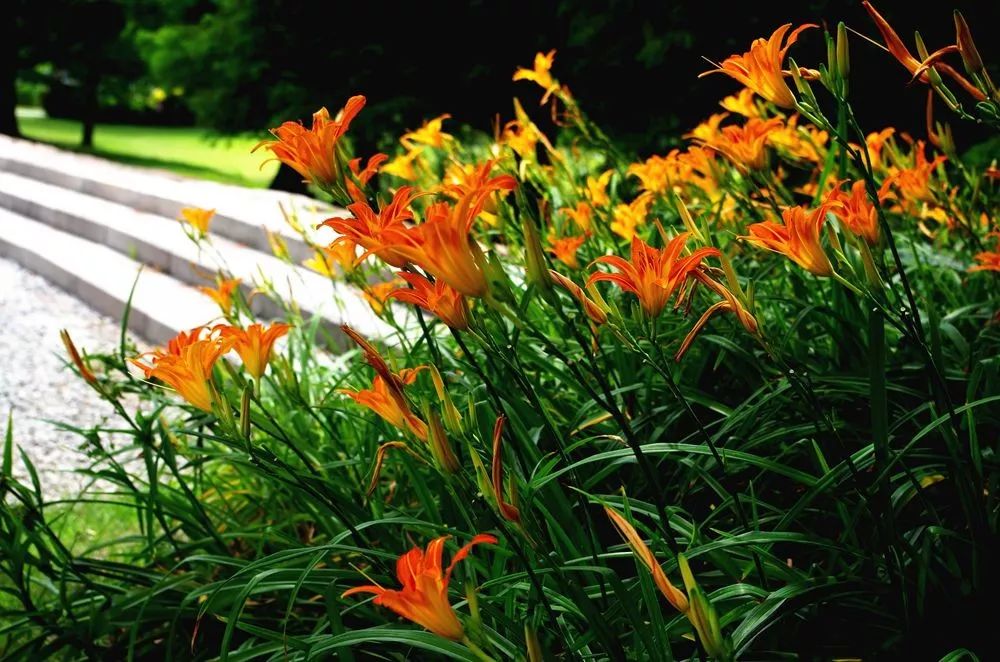
Xuanhua
(Biography) Song Huangju Caixuan Flower and Butterfly
(Biography) Song Huangju Caixuan Flowers and Butterflies This painting is selected from the "Painting Album of Song, Yuan and Ming Collections" collected by the National Palace Museum in Taipei
Huang Jucai (933-993 years later), courtesy name Boluan, was born in Chengdu (now Sichuan) and was the third son of Huang Quan, a famous painter in the Five Dynasties and Ten Kingdoms. He was good at painting flowers, bamboos, and feathers, and was ordered by the Imperial Forest of Xishu. Shu died and entered the Song Dynasty, and was treated by Emperor Taizong of the Song Dynasty. He is good at sketching, his brushwork is firm and steady, and the coloring is rich and gorgeous. The image of bamboo and feathers in the garden is vivid and natural; the strange rocks and landscapes surpass that of his father, and he is the same as his father. Hanlin awaits an edict. Try to cooperate with the walls of the palace, the screen of the palace, and it is invincible.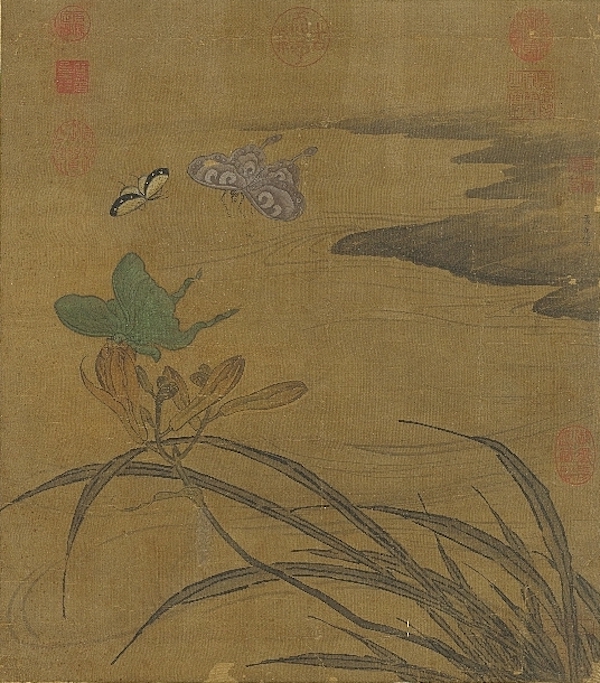
(Biography) Song Huangju Caixuan Flower and Butterfly (Part) This painting is selected from the "Painting Album of Song, Yuan and Ming Collections" collected by the National Palace Museum in Taipei
This picture has a postscript in the running script of Emperor Gaozong of the Qing Dynasty: Gan De returned to the court and his family met Long, and ordered a search for his name to capture Jiangdong. At the picture of the hall screen, the hand was overtime, and the lake stone was especially surpassed by Naiweng. Duoduo Fangxuan Cheng Xiaolu, fluttering under the breeze. If you compare it to those who forget your worries, it will cause you to be sad and thinking endlessly.Song Qianxuan's Loyalty and Filial Piety

Song Qian Xuan Zhongxiao Tu (detail) Collection of the National Palace Museum, Taipei
Qian Xuan’s own inscription: Kwai calyx gravitates toward the sun, and the Xuanhua tree has its back in the high hall. Loyal ministers and filial sons, such as Jiahui, rely on Danqing to carry forward. Wu Xing and Qian Xuanshun cite paintings and poems.Yuan Luguang Wurui Chart Axis
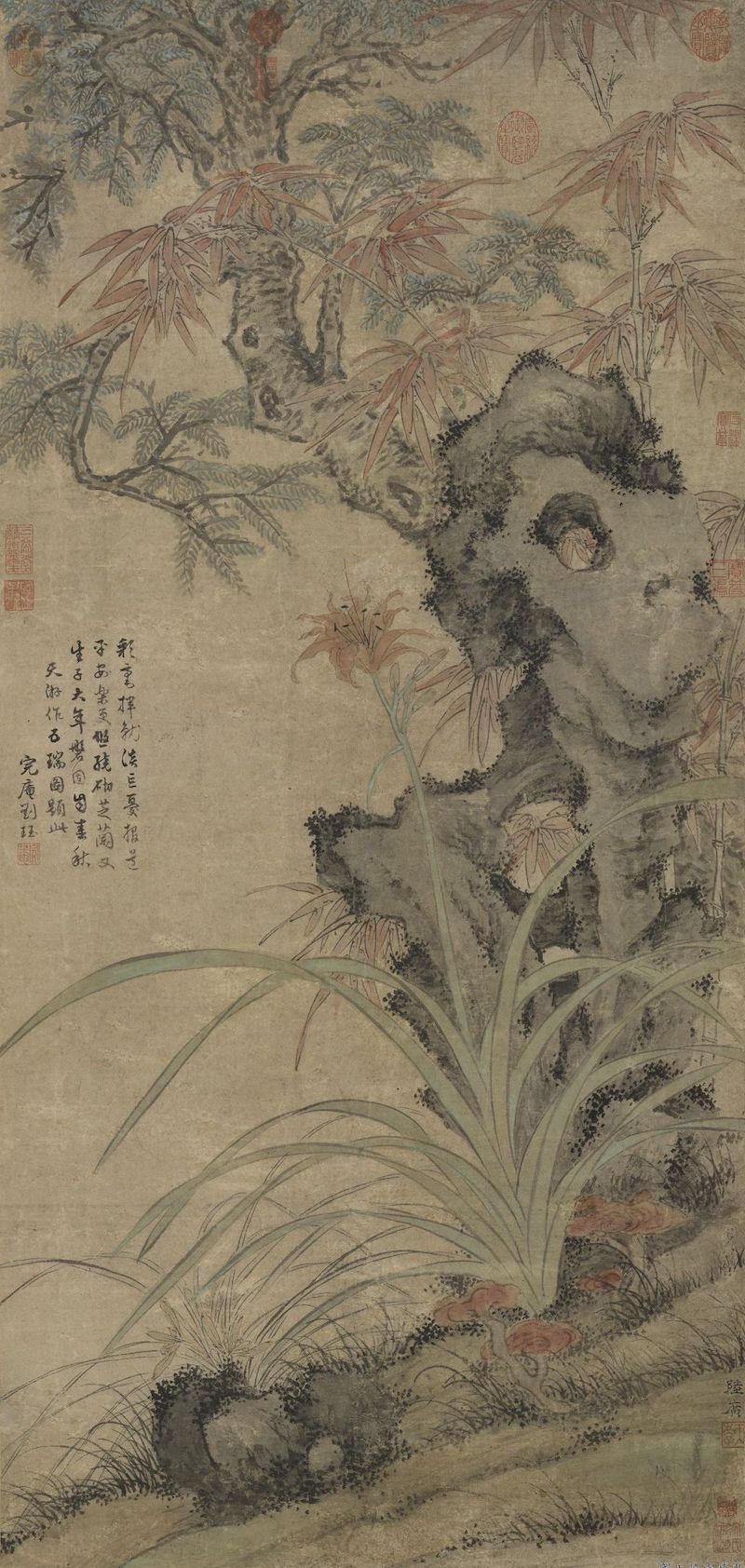
Yuan Luguang Wurui Chart Scroll Collection of the National Palace Museum, Taipei
Lu Guang (active in the middle of the 14th century AD), a native of Wu County, Jiangsu Province. The word is Jihong, and the number is Tianyousheng. Good at landscapes, imitating Wang Shuming, writing in Canggu, and using extraordinary ink.
Yuan Luguang Wurui Chart Scroll (detail) Collection of the National Palace Museum, Taipei

Yuan Luguang Wurui Chart Scroll (detail) Collection of the National Palace Museum, Taipei
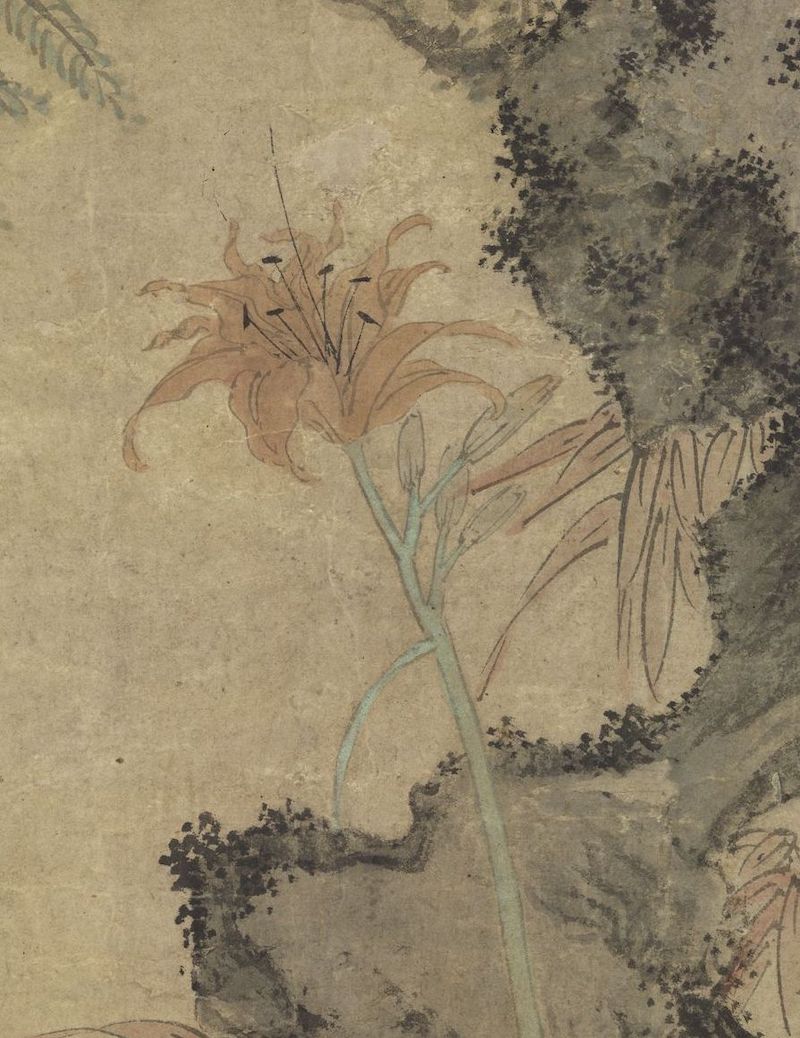
Yuan Luguang Wurui Chart Scroll (detail) Collection of the National Palace Museum, Taipei
In this painting, zhi, orchid, Hemerocallis, Zhuzhu, and large piles are enough to slope rocks. Zhilan Fangcao refers to the good children of other families. The large piles have been around for many years. The daylily forgets its worries, and the bamboo reports safety.On the left side of the picture, there is a Ming Dynasty official, calligrapher and painter Liu Jie running a postscript: When the color is swiped, the worry is forgotten, and the report of peace and happiness is more leisurely. Surrounding Zhilan and giving birth to children, the new year is solid since the Spring and Autumn Period. Tianyou made a Wurui map titled this. Finished the nunnery Liu Jie.
(biography) Yuan Zhangzhong's sketch of flowers and birds

(biography) Yuan Zhangzhong's sketch of flowers and birds in the collection of the National Palace Museum, Taipei
Zhang Zhong, also known as Zhang Shouzhong, courtesy name Zizheng, was born in Songjiang, Jiangsu. Works can be seen from the second year of Yuan Zhiyuan to the twenty years of Zhizheng (1336-1360). Knowledgeable and talented, Huang Gongwang, a landscape painter, is also good at flower and bird and ink opera.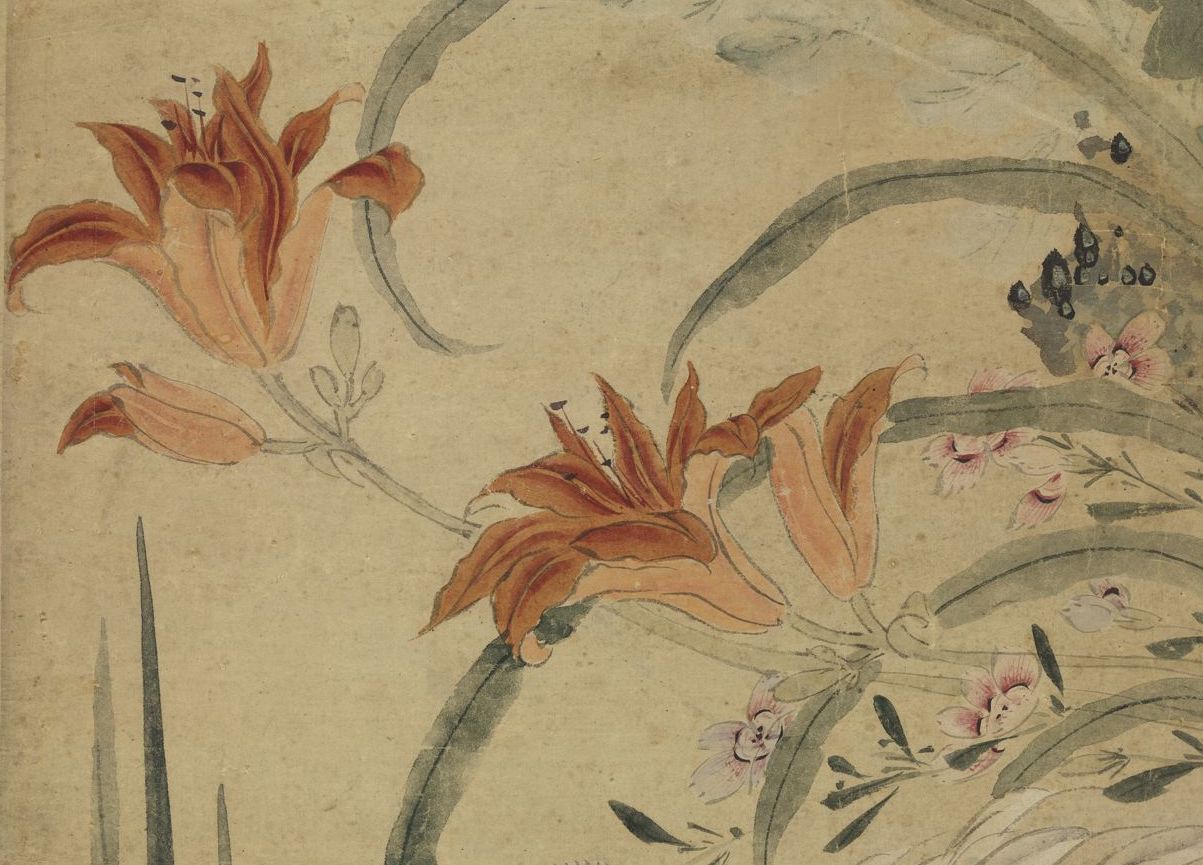
(biography) Yuan Zhangzhong's sketch of flowers and birds (detail) Collection of the National Palace Museum, Taipei
In this painting, among the sand and stones, a purple-crowned white chicken is dancing on the feet of a centipede, with a very vivid expression. The background is accompanied by various summer flowers such as hollyhocks, hyacinths, gardenias, pomegranates, lilies, poppies, dianthus, calamus, etc. It is almost made by hooking flowers and leaves, and the color is elegant, but it is not like Zhang Zhong's brush and ink, and it is a work for future generations of painters.This picture has a postscript in regular script by Zhang Shen: This frame is hidden in Lu Shanfu's Tingyu Building, and I show it to play in my spare time. The gentleman of Menshan.
Ming Shen Zhou Sketchbook Xuan

Ming Shen Zhou Sketchbook Xuan Collection of the National Palace Museum, Taipei
Shen Zhou (1427-1509), a native of Changzhou, Jiangsu (now Wuxian). The word is Qinan, and the number is Shitian and Baishiweng. Poetry, calligraphy and painting are good, good at landscapes, flowers and fruits, feathers, and pen and ink with clumsy interest. This painting is selected from the Book of Sketches. It features a close-up of broken branches and flowers using the method of picking no bones. The petals are charming and colorful. The ink and pen are dotted throughout the width, and the shades are varied, which can quite capture the vitality of plants. Shen Yisheng abides by Confucianism and Taoism, and is extremely filial to his mother. He once wrote a poem "My mother loves Hemerocallis, and there are thousands of flowers in front of the hall. Give people to push this meaning, polish ink and make spring flowers." This picture may not only be a sketch of flowers, but the painter relies on it for his life. Feelings, expressing the feelings of gratitude to the mother.Qing Gaozong's postscript in the running script: The leaves are green and the flowers are yellow, ruthless and free. Hold will give Quzi, must not be forgotten.
Ming Wen Zhengming Painting Fan Album Xuanhua

Ming Wen Zhengming's painting fan book Xuanhua Collection of the National Palace Museum, Taipei
Ming Chen Hongshou painting Shouxuan scroll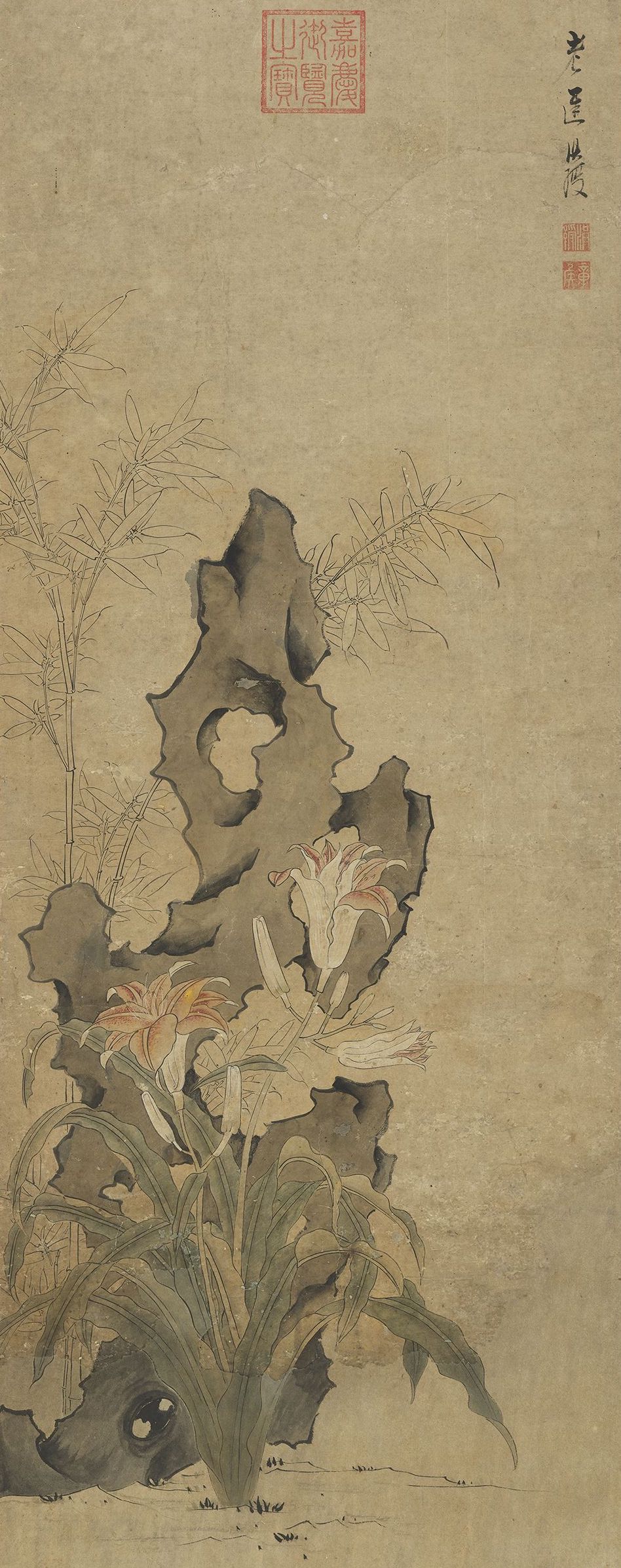
Ming Chen Hongshou painting Shouxuan scrolls Collection of the National Palace Museum, Taipei
Chen Hongshou (1598-1652), born in Zhuji, Zhejiang. Named Marquis Zhang, nicknamed Laolian, after the Qing people from Jiashen entered the Central Plains, they claimed to be regretting late, also known as Buchi. The figures, flowers, birds, plants and insects are all exquisite, and they can all come out of their own hands, showing the characteristics of high ancient, strange and full of interest, and they are the masters of the metamorphic painting style of the late Ming Dynasty.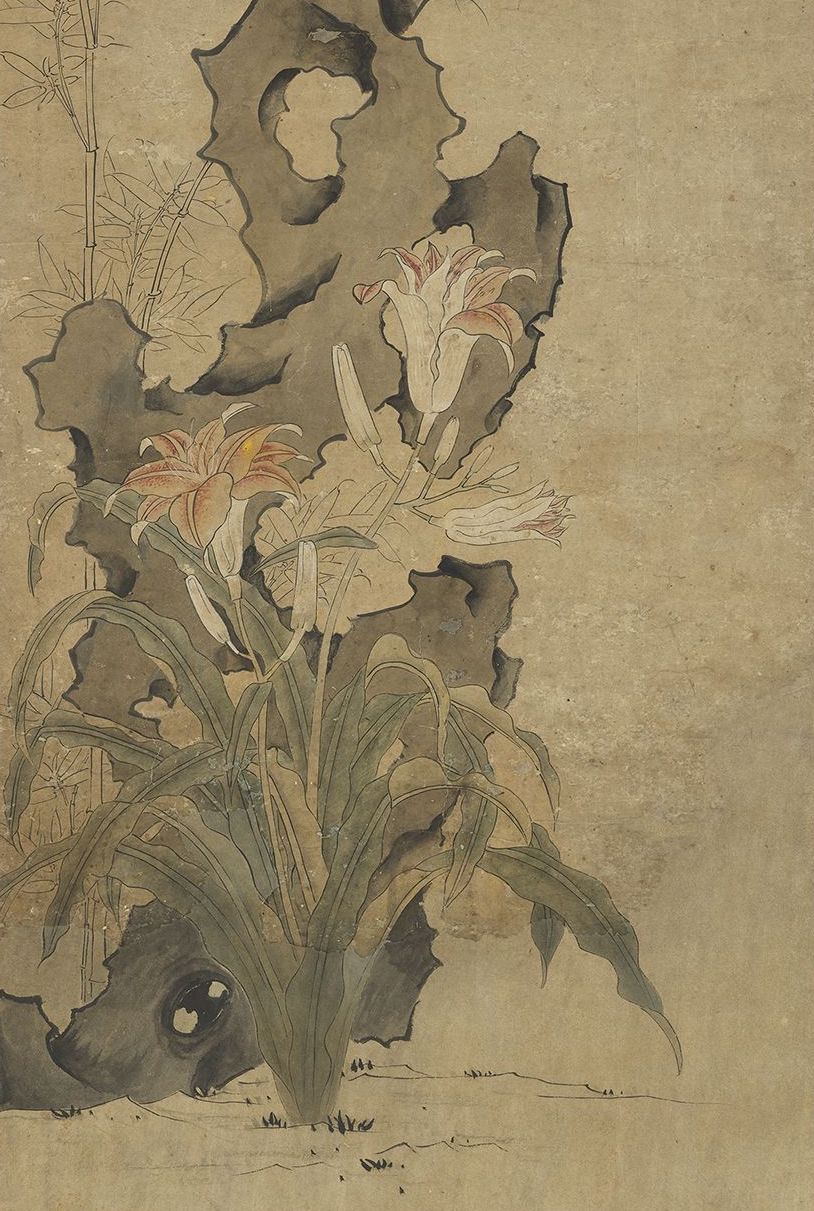
Ming Chen Hongshou painting Shouxuan scroll (part) Collection of the National Palace Museum, Taipei
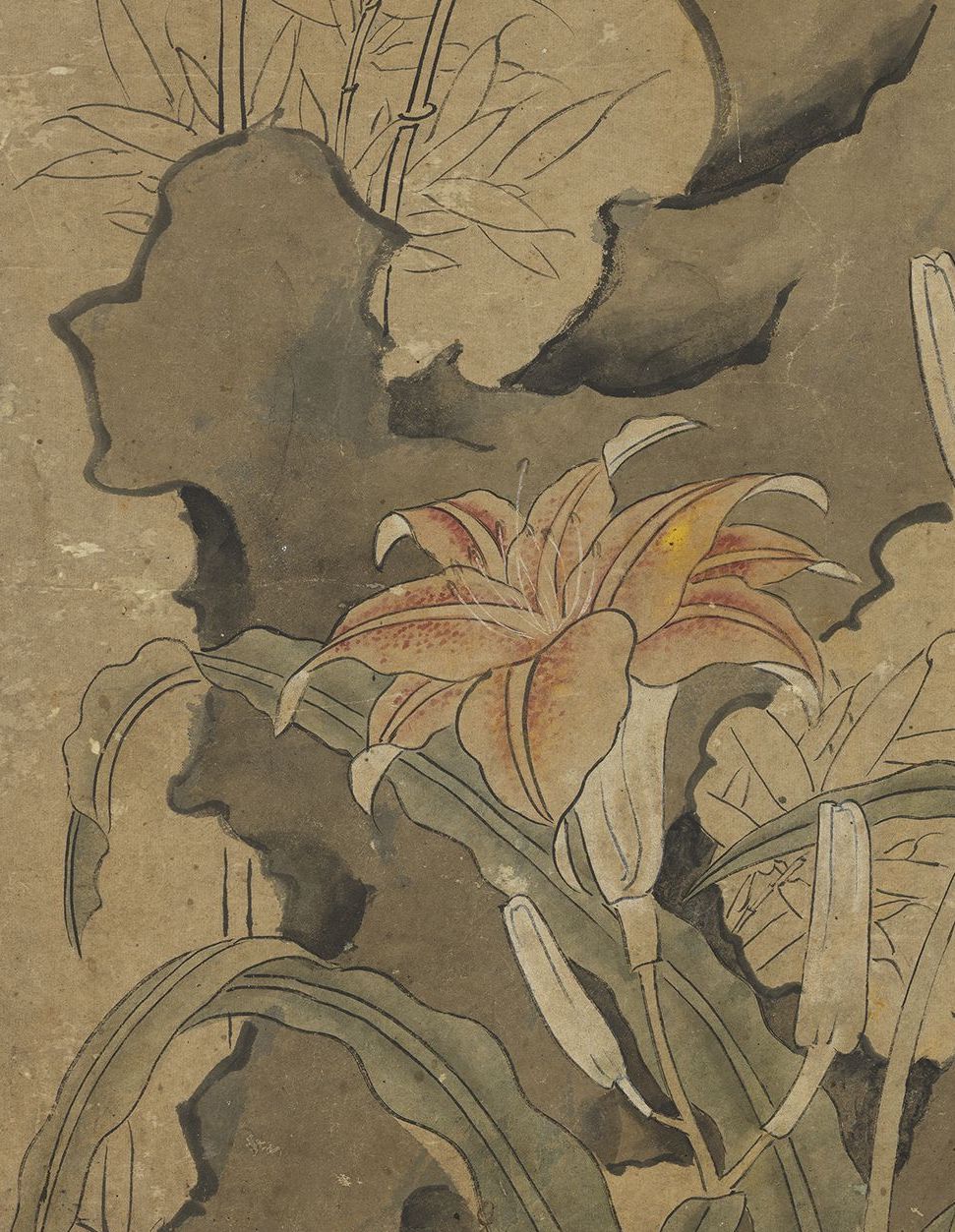
Ming Chen Hongshou painting Shouxuan scroll (part) Collection of the National Palace Museum, Taipei
Chen Hongshou's flower and bird paintings with double hooks in fine brushwork benefit from the five dynasties Xu Xi, Huang Quan and Song Huizong, and the colors are quaint. In this painting of Xuanhua, Bamboo and Stone, the flowers and bamboos are as symmetrical as the strokes of seal script; the stone is drawn with lines with multiple horns, which shows the techniques commonly used by Lao Lian.Ming Zhao Wenchu painted flower and butterfly scroll
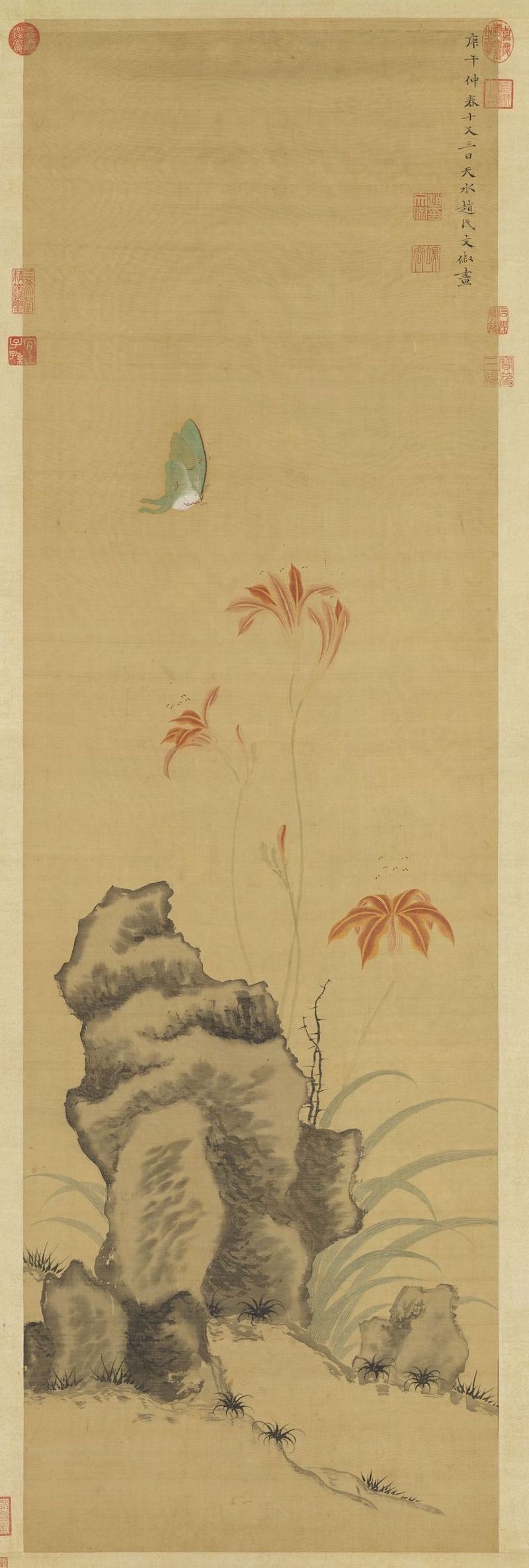
Ming Zhao Wenchu's painting of flowers and butterflies in the collection of the National Palace Museum, Taipei
Zhao Wenchu was from Changzhou (now Suzhou). Wen Congjian's daughter, who is suitable for Zhao Huan and Zhao Lingyun, so Wen Chu often inscribes the inscription "Tianshui Zhao's Wenchu" on the painting, with the seal "Zhao Wenchu Seal". Wen Chu was intelligent by nature, good at painting, and could copy and write things when he saw them, and died at the age of forty. Her paintings are good at flowers. It is said that she accidentally saw strange flowers and plants, small insects and butterflies at home on weekdays, and she drew them all at random. A total of thousands of species were collected and combined into a book titled "Hanshan Plants and Insects". It can be said that she has a very deep sketching skill. Therefore, it is unique in capturing the temperament characteristics of flowers, trees, plants and insects.
A scroll of flowers and butterflies painted by Zhao Wenchu of the Ming Dynasty (detail) Collection of the National Palace Museum, Taipei

A scroll of flowers and butterflies painted by Zhao Wenchu of the Ming Dynasty (detail) Collection of the National Palace Museum, Taipei
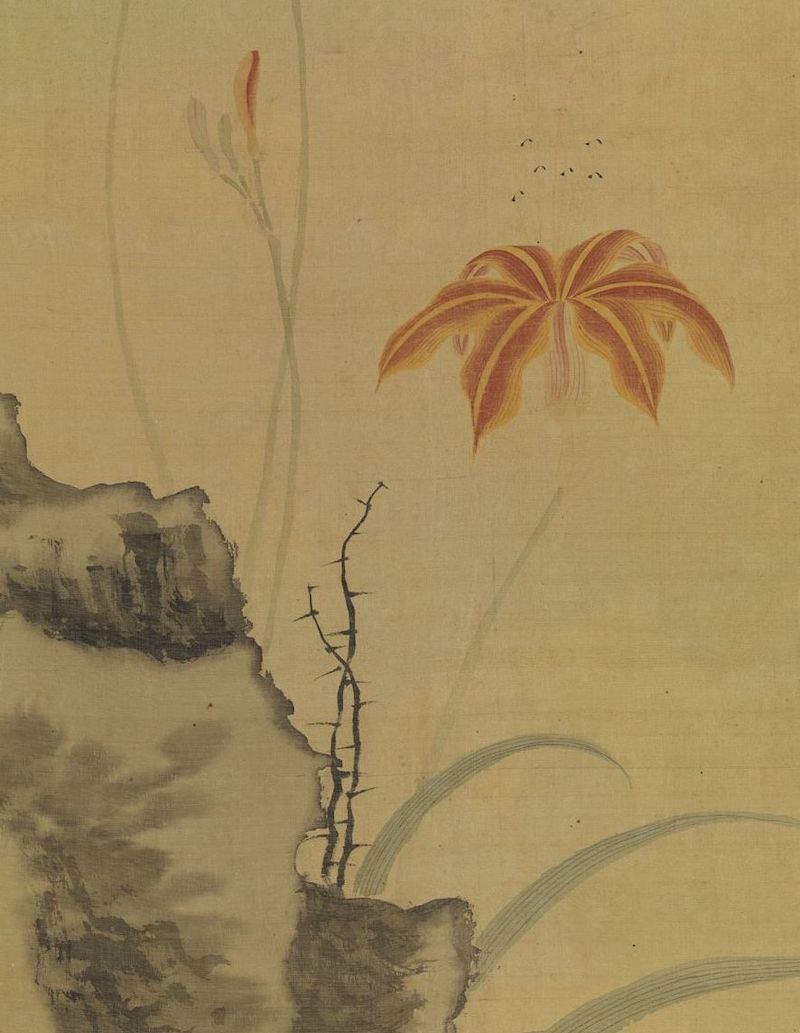
A scroll of flowers and butterflies painted by Zhao Wenchu of the Ming Dynasty (detail) Collection of the National Palace Museum, Taipei
This painting has a self-inscription in regular script by Zhao Wenchu: Gengwu (1630) on the tenth and third day of mid-spring, painted by Zhao's Wenchu in Tianshui.Qing Yun Shouping Xuan flower

Qing Yun Shouping Xuanhua This painting is selected from Yun Shouping's "Ink Flower Album" in the National Palace Museum, Taipei
Yun Shou's parallel book is self-titled: Yun Jin is extravagantly called rich and noble, and Phi Tu forgets his worries at first sight. Proclamation awaits edict.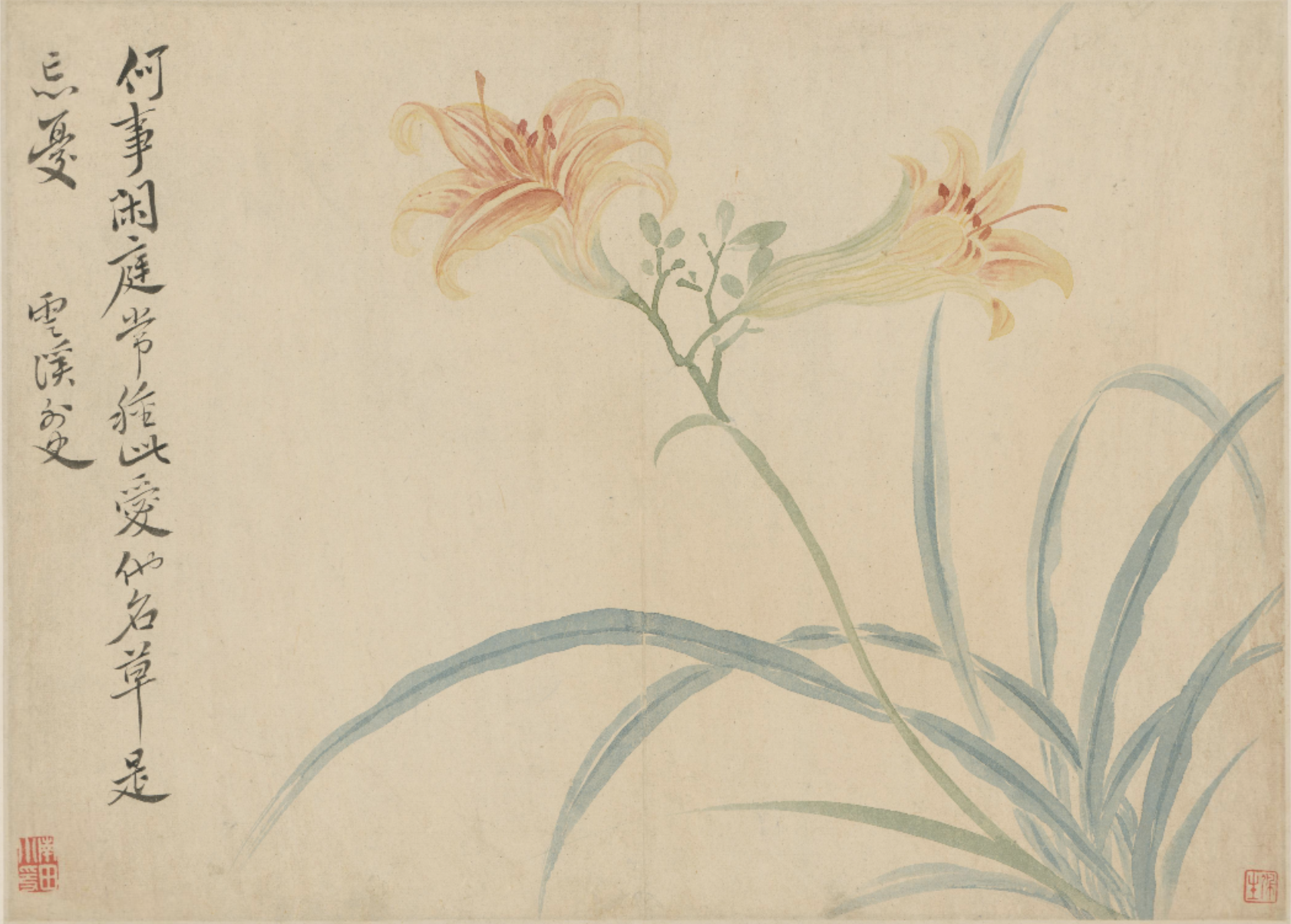
Qing Yun Shouping Xuan Hua This painting is selected from Yun Shouping's "Flower Book" in the Palace Museum

Qing Yun Shouping Xuanhua This painting is selected from Yun Shouping's "Flower Painting Album" in the National Palace Museum, Taipei

Qing Yun Shouping Xuanhua
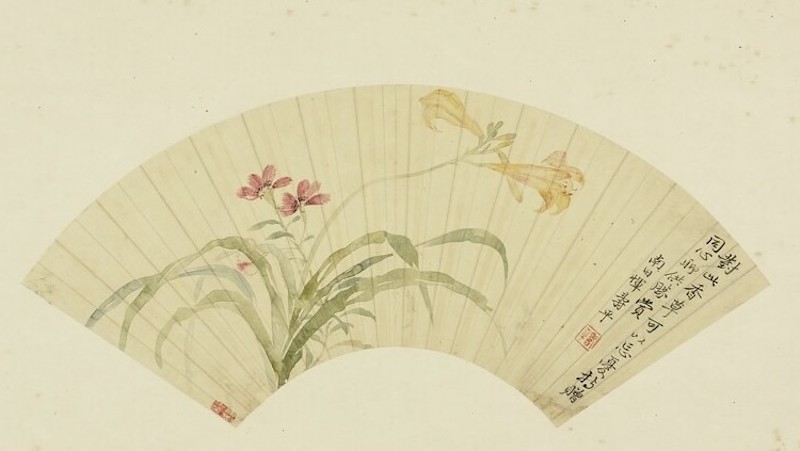
Qing Yun Shouping, Xuanhua Dianthus This painting is selected from Yun Shouping's "Celebrity Painting and Calligraphy Collection" in the National Palace Museum, Taipei
This piece has a self-inscription in cursive script by Yun Shouping: You can forget your worries about this herb. Holding gifts together, chatting for winning rewards. Nan Tian Yun Shouping.Qing Jiang Ting Xixuan flower map fan page
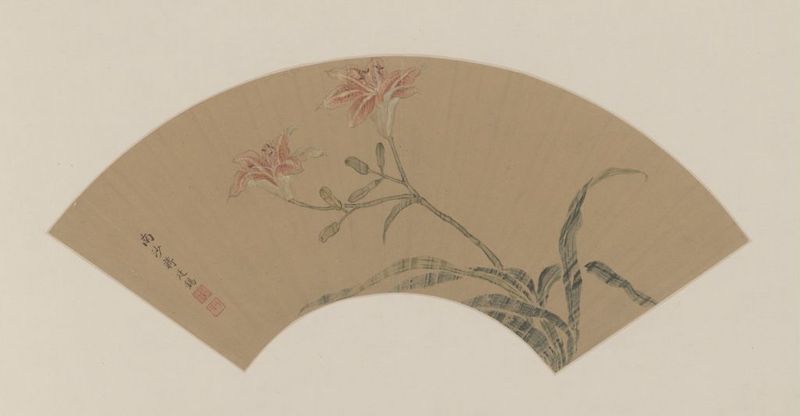
Qing Jiang Ting Xixuan flower map fan page collection of the Palace Museum
The fan page has its own title: "Nansha Jiang Tingxi."This picture focuses on depicting a flower head with several blooming flowers in the branch-breaking method. Xuan, also known as "Golden Needle", "Xuan Su", "Yi Nan Grass", etc., is a perennial herb of the Liliaceae family. It is widely planted in Jiangsu, Zhejiang, Shaanxi, Hei, Jin, Hunan, Yunnan and Tibet. The phenomenon of multiple flowers on one stem is really rare, and it is expressed by the author as an auspicious sign. The brush and ink are realistic, the shape is accurate, the coloring is flat, there is no blending of water and color, and the flowers and leaves are slightly rigid. During the use of this fan page, due to frequent opening and closing, the pigments have fallen off, which has a certain impact on the artistic effect of the painting.
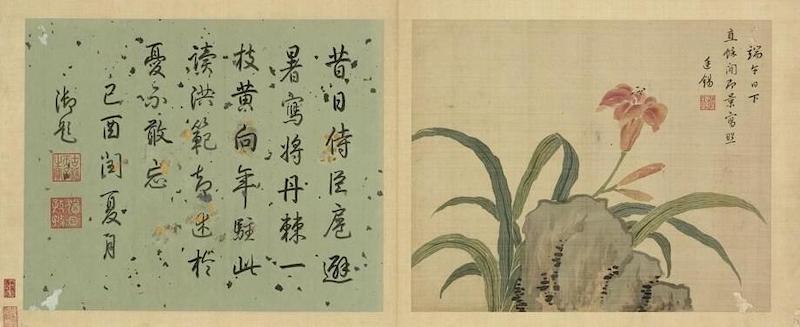
Qing Jiang Tingxi Sketch Flower Album Xuanhua Collection of the Palace Museum, Taipei
This piece has a self-inscription in Jiang Tingxi's running script: On the Dragon Boat Festival, it is straight and leisurely, and it is a scene portrayal. Tintin.Qing Gaozong's postscript to the running script: In the past, the courtier Hu took a break from the summer, and wrote that the general Danji is a goldenrod. Xiang Nian was here to read Hong Fan, but he did not dare to forget about his worries. Ji You (1729) Royal Inscription on the Intercalary Summer Moon.
Qing Zou Yuandou Flower Album Xuanhua
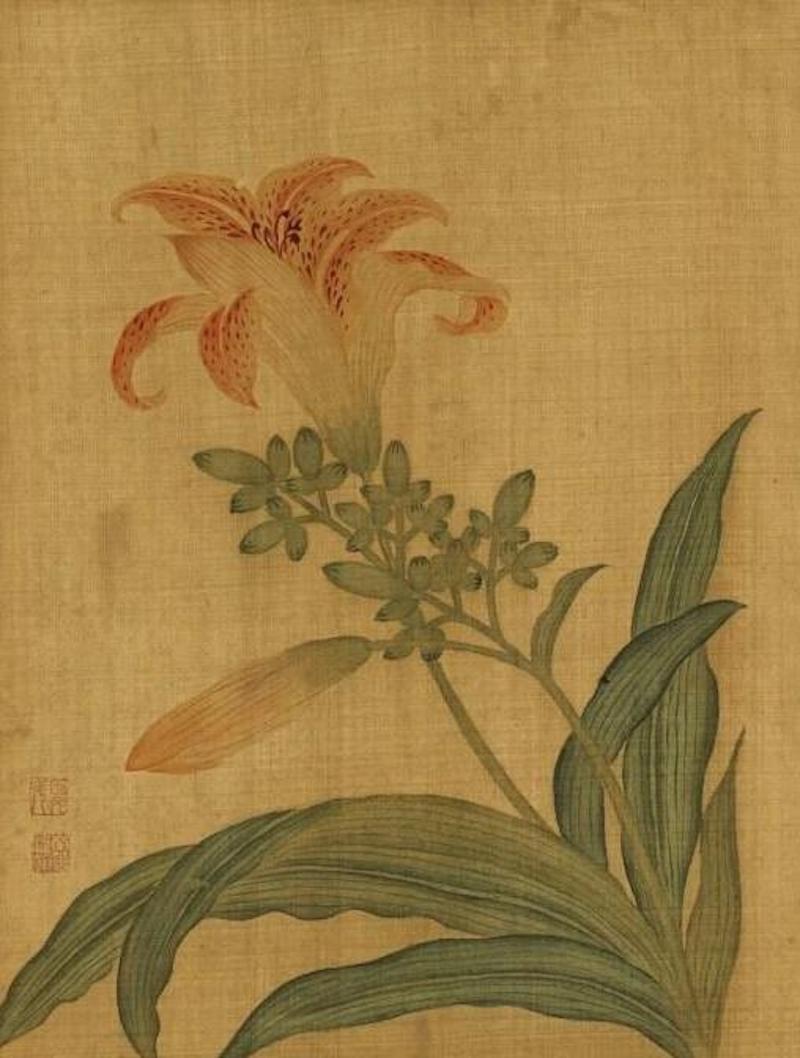
Qing Zou Yuandou Flower Album Xuanhua Collection of the Palace Museum, Taipei
Zou Yuandou, with the character Shaowei, with the name of Chungu, was born in Linwushan, and was a native of several counties (now Songjiang, Shanghai). In Kangxi (1662-1722), it was enshrined in the inner court, and the official was in the book. Sketched as Jiang Tingxi's younger brother. Wonderful good at sketching, natural interest and material interest, can have both. Especially long color peach blossoms, interspersed with landscapes, craftsmanship, good poetry.800 Years Old Tsinghua Rock

Tsinghua Rock 800 Years Old Scroll Collection of the Palace Museum
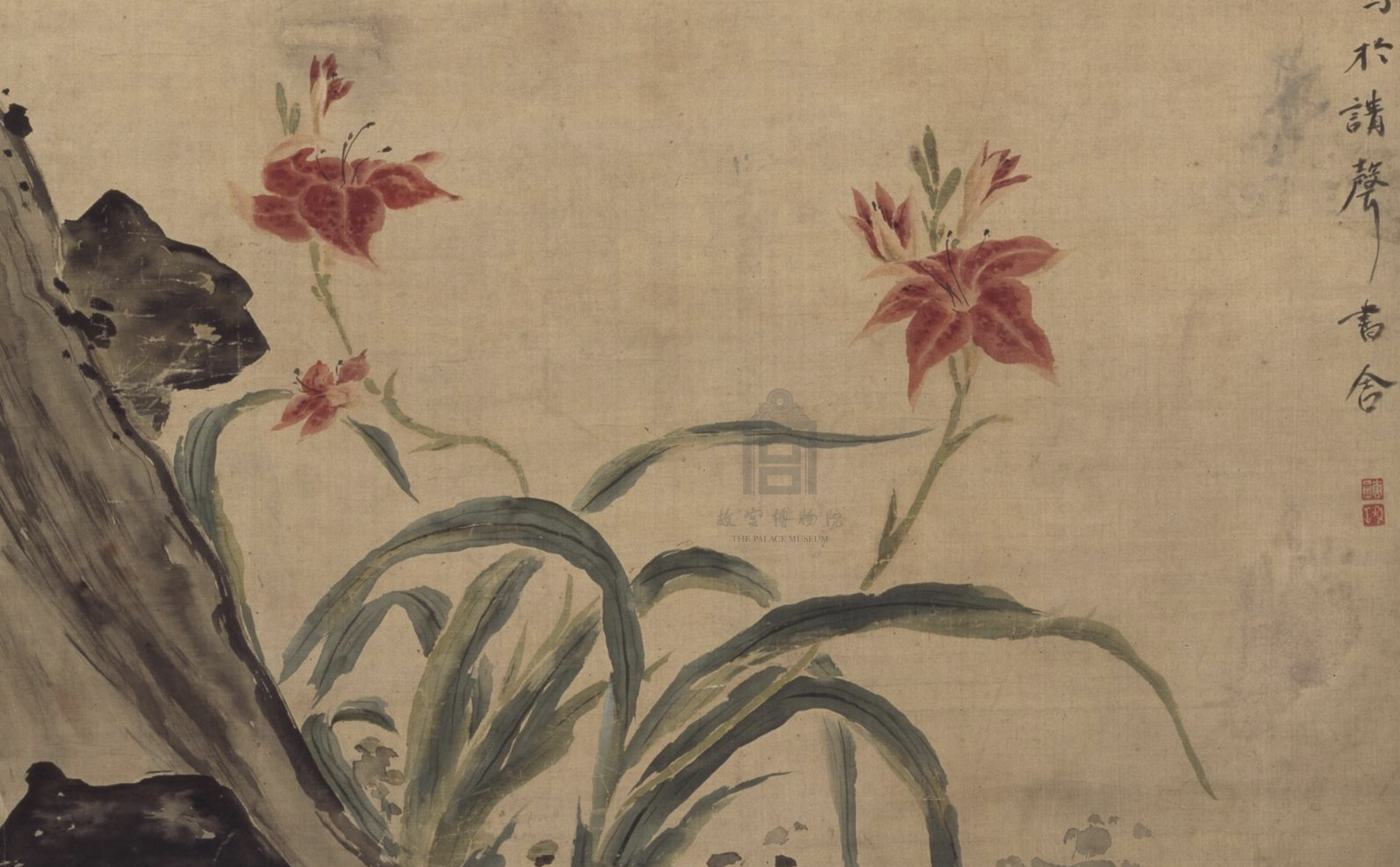
Tsinghua Rock 800 Years Old Scroll (Part) Collection of the Palace Museum
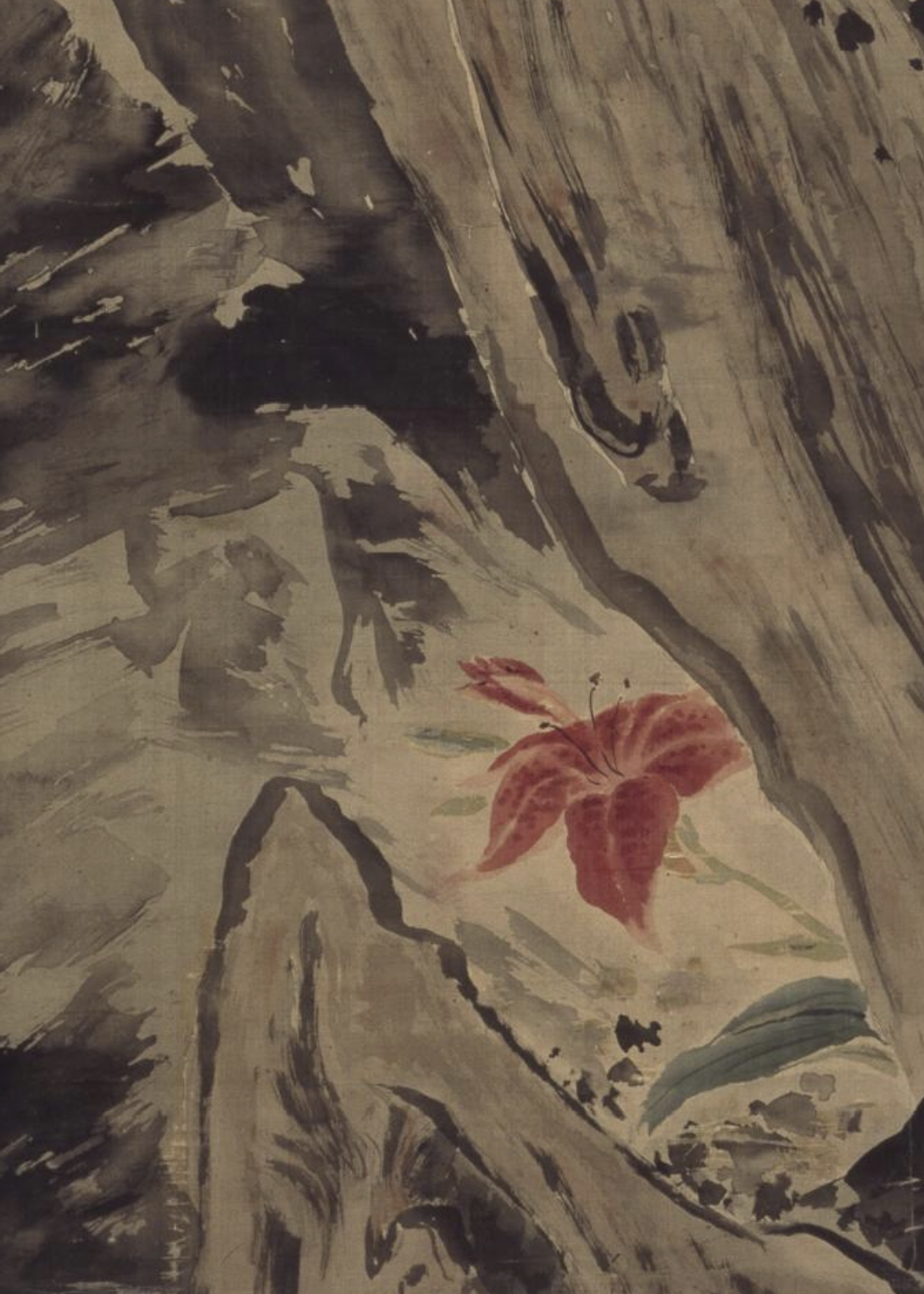
Tsinghua Rock 800 Years Old Scroll (Part) Collection of the Palace Museum
The inscription on this piece reads: "Written by Xinluoshan people in the Xingsheng Shushe in November in the winter of Jiaxu." "Jiaxu" is the nineteenth year of Qing Qianlong (1754), when Hua Yan was 73 years old.In the picture, the cypress tree is tall, twisting and stretching, the myna on the tree is singing duet, it is very lively, and the flowers under the tree are in full bloom, full of vitality. The author uses different brushstrokes according to different objects. The starling’s shape is vivid and realistic, and it is depicted with a combination of handwriting and writing; the cypress leaves are finely overlapped, and they are directly punctured with green and thick ink; Smudged; Xuanhua is pretty and colorful, and it is expressed in the boneless method. The whole picture is more and more exquisite in the delicate parts without losing the interest of the pen and ink; in the freehand part, the brush is free and easy without losing the subtlety, which shows Hua Yan's extraordinary attainments in flower and bird painting and the skillful use of various pen and ink techniques. .
(This article is compiled from the relevant materials of the Palace Museum and Taipei Palace Museum.)